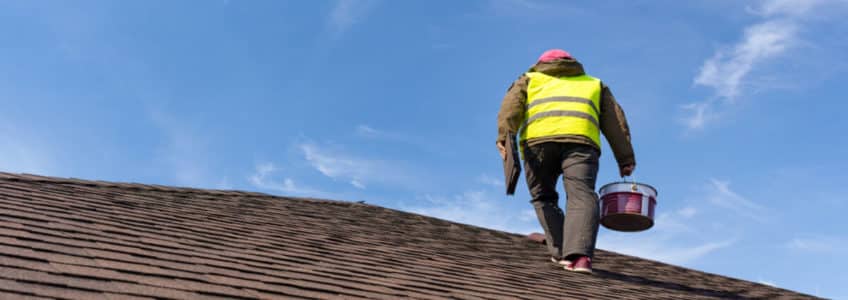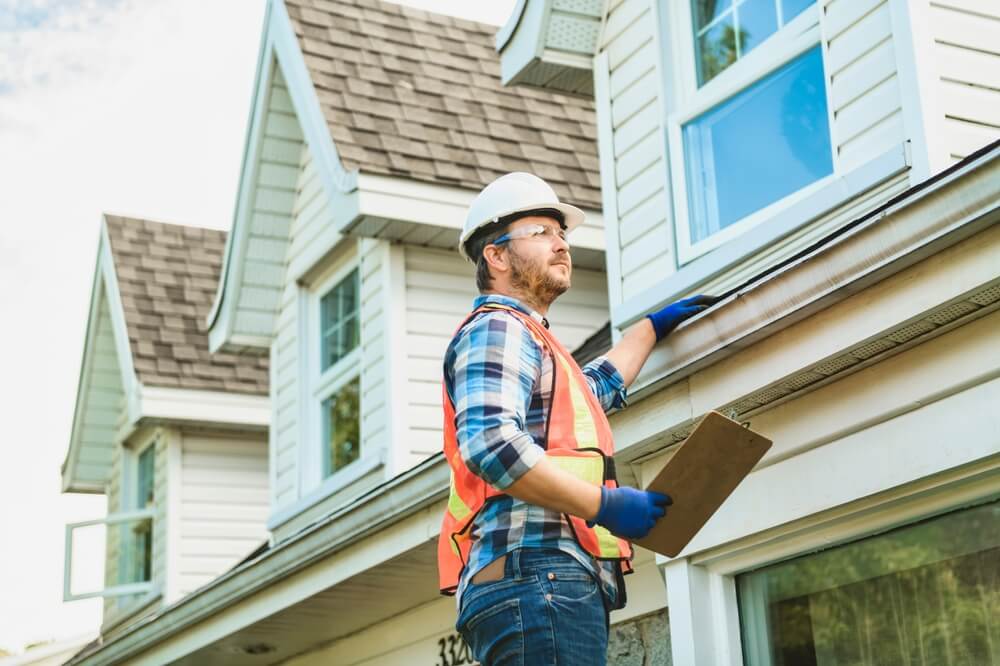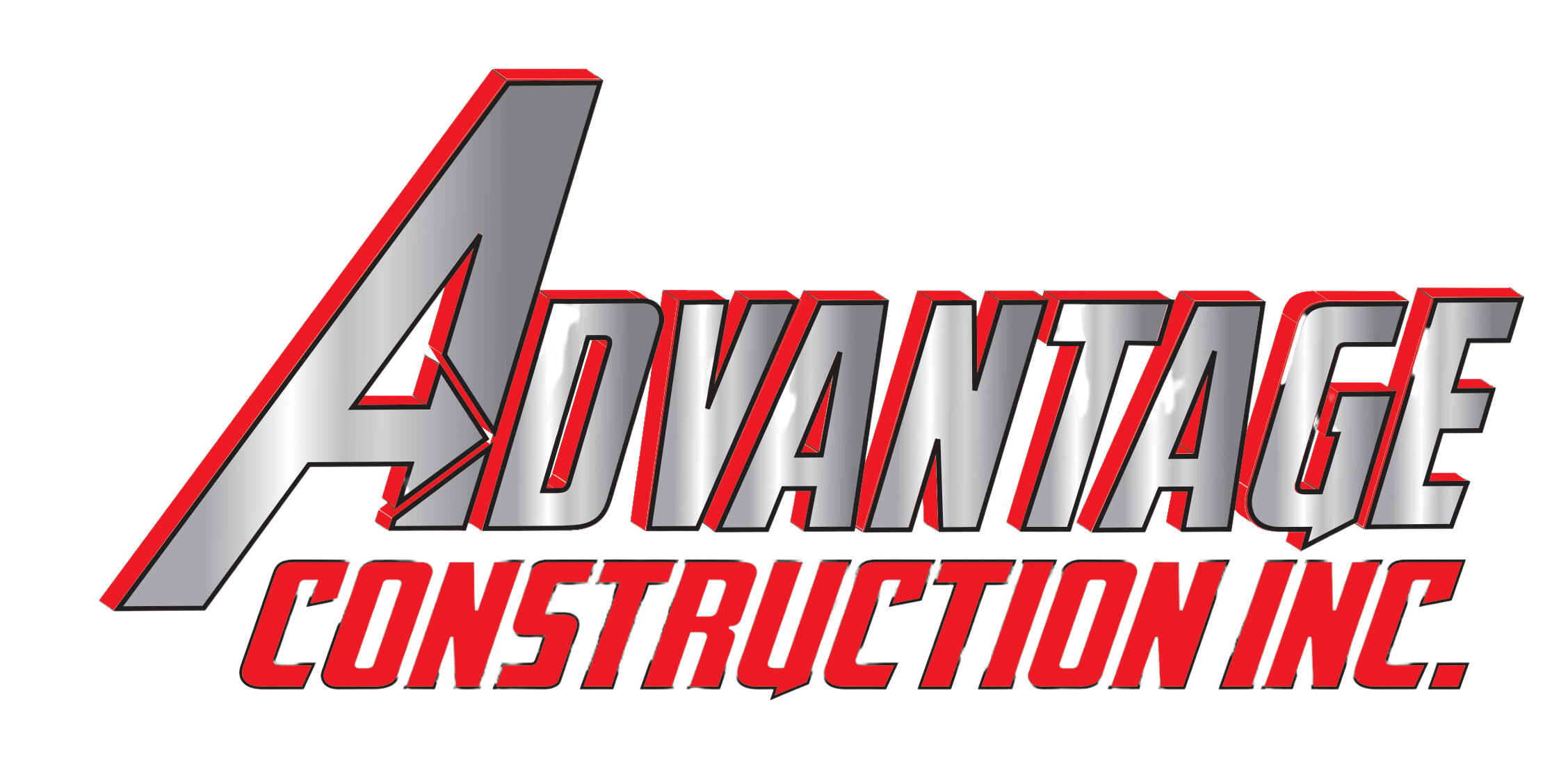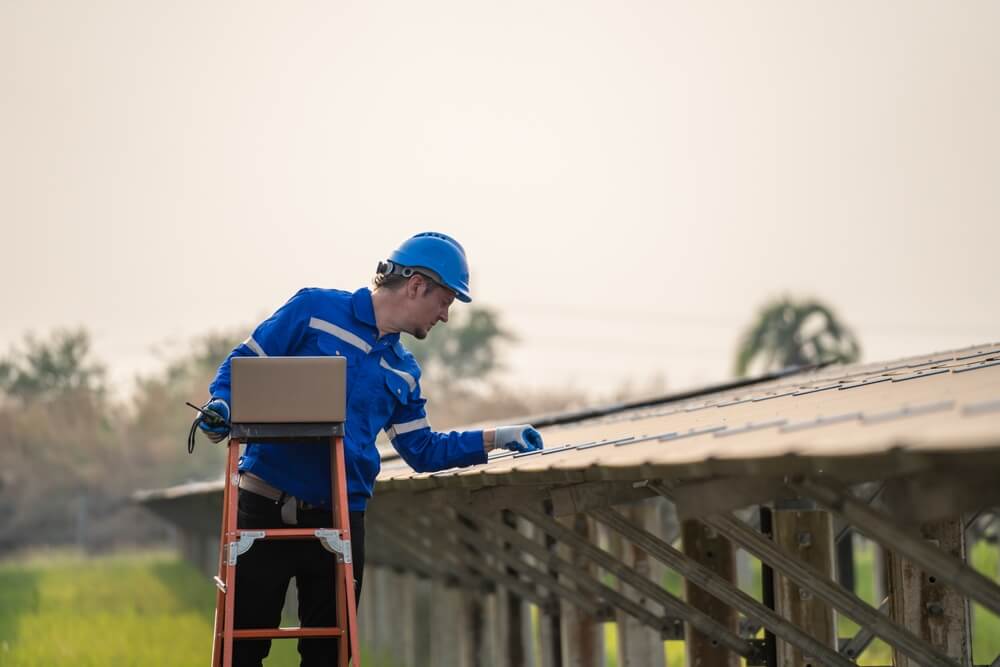
Storms can be both awe-inspiring and destructive, particularly to the structural integrity of our homes. One of the most vulnerable components during inclement weather is the roof. Understanding the process of a roof inspection after storm damage is crucial for homeowners to ensure their safety and maintain their property’s value. This blog post will explore the details of what a typical roof inspection involves following storm damage, emphasizing its importance, outlining the steps involved, and offering practical tips for homeowners.
The Importance of Prompt Roof Inspections After Storms
 Identifying Hidden Damage
Identifying Hidden Damage
After a storm, it’s not always apparent whether a roof has sustained damage. Hidden issues like minor leaks or cracked tiles can lead to significant problems over time. A thorough inspection by a professional is vital in identifying these hidden damages early, thereby preventing future costly repairs.
Ensuring Safety and Compliance
Storm damage can compromise the structural integrity of a roof, posing safety risks to occupants. An inspection helps in assessing these risks and ensuring the roof is up to building code standards, providing peace of mind to homeowners.
Step-by-Step Process of a Post-Storm Roof Inspection
Initial Assessment
The first step in a post-storm inspection is a visual assessment. Inspectors look for obvious signs of damage such as missing shingles, dents on metal roofs, or debris accumulation. This step provides a preliminary understanding of the roof’s condition.
Detailed Examination
Following the initial assessment, inspectors conduct a more detailed examination. They check for less obvious signs of wear, such as small cracks, granule loss in asphalt shingles, or water stains that may indicate leakage.
Interior Inspection
The inspection also involves checking the interior of the house. Inspectors examine attic spaces and ceilings for signs of water penetration, structural damage, or insulation issues, which are often indicative of roof problems.
Documentation and Reporting
After the comprehensive evaluation, inspectors document their findings. This report is crucial for insurance claims and for planning any necessary repairs or replacements.
Tips for Homeowners During a Roof Inspection for Storm Damage
Choosing the Right Inspection Service
Selecting a qualified and experienced inspection service is crucial. Look for licensed professionals with a good track record in dealing with storm-damaged roofs.
Understanding Insurance Claims
Homeowners should be familiar with their insurance policy details. Knowing what is covered and the process for filing a claim can streamline the repair process.
Preparing for the Inspection
Ensure easy access to the roof and attic for the inspector. Remove any obstacles that might hinder the inspection process.
Conclusion

For further guidance or to schedule an inspection, feel free to contact Advantage Construction today. Protecting your home is our top priority, and we’re here to help every step of the way.

 Identifying Hidden Damage
Identifying Hidden Damage